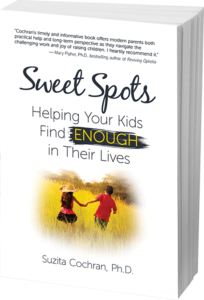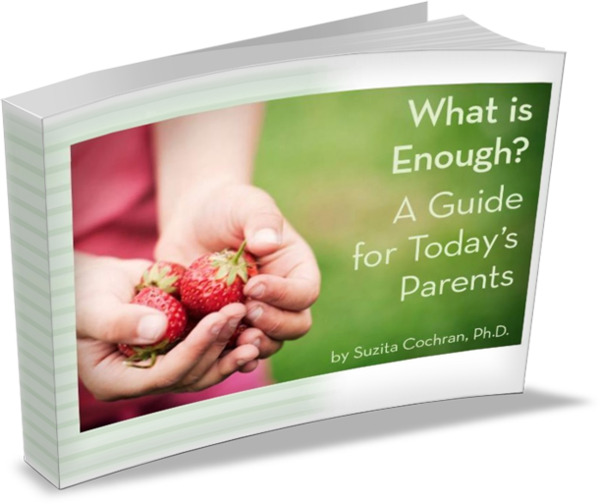Saving versus spending: Each of my three kids falls into a separate section of this continuum, depending on how recently they received birthday money. On the one hand it’s enlightening to see what my kids choose to buy with their own money. It’s a window into their young minds. Recent purchases at our home have been: magic trick supplies, Japanese erasers (shaped like various food items), and international soccer jerseys. And yet in today’s world, teaching kids the value of saving money seems as vital as regularly putting money into their college funds.
Not too long ago I read about encouraging teens to start saving for their own retirements! Then I found a chart that helped me grasp the importance that we all start saving early for retirement. It was in David Bach’s book, Smart Couples Finish Rich. It clearly presents the investments of three young people over time.
Billy started saving at age 14. He put a mere $2000 per year into an account for only five years then stopped altogether.
Susan began saving at age 19. She put $2000 per year into an account for a period of eight years then stopped at age 26.
Kim started investing at the ripe old age of 27. She put $2000 per year in the bank until she was 65. That’s 38 years!
In Bach’s compounding interest chart he assumes a 10% annual return on Billy, Susan, and Kim’s money. I don’t know about you, but what I’ve been reading lately suggests we should cut that percentage in half. As seems to be the case in all areas these days, this change means we’ll have to work that much harder on our long-term savings plans.
But if they could manage a 10% return, at age 65 this is the amount of money each person would have amassed.
Billy: $1,184,6000
Susan: $1,035,148
Kim: $883,185
This past summer I showed this compounding interest chart to my sons, Stephen and Daniel. Annie was off playing with her Japanese erasers. At 8, I think she’s still a little young for this lesson.
Here’s a video that nicely teaches kids about the power of compounding interest.
Stephen (13) and Daniel (11) were initially very impressed by the power of compound interest. Next I explained to them that when they get their first summer job, perhaps at age 15 or 16, they are allowed to invest as much as they make (up to $5000) in a Roth IRA (which I also explained). Remembering back to my summer work, I never made anything close to $5000. I’m thinking that it will be more like $2000 or $3000.
My sons looked at me with a mixture of excitement and disappointment. They didn’t want to put all the money gained from their first “real job” into some bank account that they couldn’t touch until they were grandparents!
This is a tough one. I’ve by no means figured it out, but here’s what we have so far. As I mentioned in a prior post, my kids have a small business which earns them quite a bit of money for kids their ages. Annie is even getting in on it these days. (She specializes in cat care.) We require our kids to put 25% of all money they receive into savings accounts at our local credit union. These savings accounts are growing yearly and we’ve told the kids that this money will be put into their Roth IRAs to match the amount they earn from their first “real” summer job (meaning Uncle Sam knows they’ve been working and taxes have been taken out of their earnings).
Even with the savings they are generating over time, our kids likely won’t save an amount equal to what they will make in a summer job. However, they will apply what’s in these savings accounts to the Roth IRA, and Todd and I will put up the rest of the money in order that the Roth IRAs can be funded with the full dollar amount of summer work earnings.
The boys thought this could work and began looking slightly more upbeat. We’ll see if they feel the same way when the time comes to open their Roth IRAs. By the way, when my kids are saving for something short-term, they collect money over time in an envelope here at home with a picture of their intended purchase taped to it for motivation.
In my quest to find more solutions to the challenge of teaching kids to save money, I read The First National Bank of Dad, by David Owen. He came up with the innovative idea of establishing his own bank in which his kids opened savings accounts. The reason he elected to start his own bank (using Quicken) was that interest rates at real banks were pretty abysmal, and this was even in 2003! These interest rates were not likely to hook his kids into the fun and satisfaction of saving money.
So he made it worth his kids’ efforts to save. The Bank of Dad gave an interest rate of 5% per MONTH. Owen explained that this came out to an annual interest rate of more than 70%.
Can I sign up too?
He deposited his kids’ allowances and any other money they received into the bank and pretty quickly his children were enjoying watching their money grow rather than spending it. Although, being kids, they still spent some of course, and Owen discussed the latest gadgets his kids bought during this time.
Owen’s book was a convincing read. I appreciated his ability to hook his kids into saving money. The part that was harder for me to swallow was how much money his kids were raking in by simply leaving a good portion of their cash in their accounts. In not too long each kid had generated approximately $400 while still buying most of what they wanted as well.
As I read The First National Bank of Dad, something was missing from the lessons he was teaching his kids (and readers) about saving and spending money. Owen didn’t discuss the pros and cons of regularly buying the latest products. Instead his arguments rested on the premise that there’s nothing wrong with our current consumer-based economy, as long as one has enough money to work within it sufficiently. He never asked his kids to evaluate their recent purchases. Did they still use these items regularly? Did these new things bring them the satisfaction they’d hoped for? Did the new purchases perform and last as expected? Did more expensive things last longer, or was price not predictive of long-term performance?
Guess I need to do a little more reading…
Suggestions for good books in this area? Leave a comment below!


 Sweet Spots: Helping Your Kids Find ENOUGH in Their Lives.
Sweet Spots: Helping Your Kids Find ENOUGH in Their Lives.


I think natural consequences teach more than I could about the relative value of purchases. I find my kids thinking about what they have bought, sometimes disappointed with how easily they get bored with some items. We do talk about their choices before hand, but i normally let them choose how to spend their money after this. My one rule is no returns unless the item is defective. I think it teaches them important lessons about honesty and thinking through their choices.
I really like your idea about no returns unless the item is defective. Thanks for the comment!
It is a great thing to teach your children how to spend money and to make them much more careful about spending money.